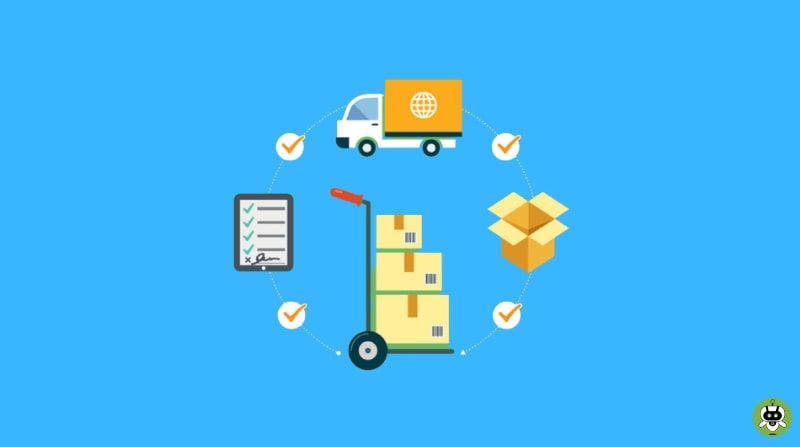The logistics business is highly competitive. Clients have a lot of options. Staying ahead of the competition and providing a service that delivers on expectations and packages can be challenging to do consistently. These tips can help any logistics service become more efficient and offer more value to its clients.
Tips To Help Your Logistics Business Deliver
Read below to know everything about it.
1. Take A Deep Dive Into Your Data
Data-driven delivery is the key to success in the modern era of logistics. Every second of every day, a logistics business generates information that is the key to saving time and money and speeding up the service. Each aspect of the supply chain needs to be addressed to consistently get your deliveries to their destinations on time or ahead of time.
Delivery vehicles have a limit on how many miles they can cover in a day, or how many hours a driver can drive. Tachograph analysis software can help you to monitor their mileage and plan their schedules accordingly. With the help of tachograph analysis from FleetGO, you can more effectively manage your fleet and plan your deliveries, helping you to deliver your customer’s expectations and their packages.
2. Make Contingency Plans
No plan is foolproof. Despite your best plans and preparation, sometimes things will go wrong because of forces beyond your control. You will need to have contingency plans in place to keep your business running when unforeseen circumstances affect deliveries or processing packages. It can be tempting to think that you can cross any bridge when you come to it, but this is a mistake.
It would be best if you had plans in place so that you can react quickly to problems. You need to know how to deal with them the moment they happen. This allows you to handle issues in real-time, and your business is not halted while you decide the best course of action. Consider how you can prepare employees and your business for problems on the road or in your depot. Have spare vehicles ready to cover for a breakdown and recover a stranded van or car.
3. Create A Culture Of Communication
How and when your employees communicate will affect how smoothly and efficiently your business operates. Communication is the key to success in any endeavor. Only when you have to plan and execute logistics, which is often complicated. It is of paramount importance that your employees keep in touch with one another. The supply chain relies on a communication chain, with all employees involved.
Look at how you can use digital communication platforms to keep lines of communication open between workers at the depot, warehouse, or headquarters with the drivers on the road. Your customers, both those supplying packages for delivery and those expecting their package, need to be a part of the communication chain. This can often be achieved through apps that can provide live updates on progress and that your driver can feed data into. As more packages are delivered, you can provide more accurate delivery time estimates to recipients, for example.
4. Focus On Customer Service

Every customer is vital to the success of your business. This includes the clients using your logistics service to deliver their products and the customers waiting for their packages at the end of the supply chain. Logistics is a highly competitive industry, and your clients have options available to them. By giving them consistent results, you will be able to retain them.
The customers at the end of the chain are your client’s customers too. Your business’s performance will affect them and how its customers perceive them. By offering the people waiting for packages value by communicating and offering delivery updates, you are giving your clients value too. Focus your business practices around customer service to ensure you are always providing value throughout the supply chain.
5. Copy Your Competitors, Do What Works
This is the most innovative and quickest way to improve your business practices. It adds value to your service and competes against other businesses in your area. Copy what works from your competitors. Closely monitor their progress and pricing structure, these set the playing field for competition. If they offer a smartphone app, download it for yourself and see what information and convenience it provides.
Look carefully at their fleet. Do their vehicles have an advantage over yours? Electrifying your fleet can come with some advantages. Are your competitors using electric vehicles and enjoying success in the marketplace? You can use your competition to test new developments and choose what works for you. This can help to save you time and money.
Following these tips will help you to increase the efficiency of your logistics business and offer your clients more value. Staying on top of technological developments, monitoring your competitors, and encouraging communication at every step of the process will all help you to succeed.

